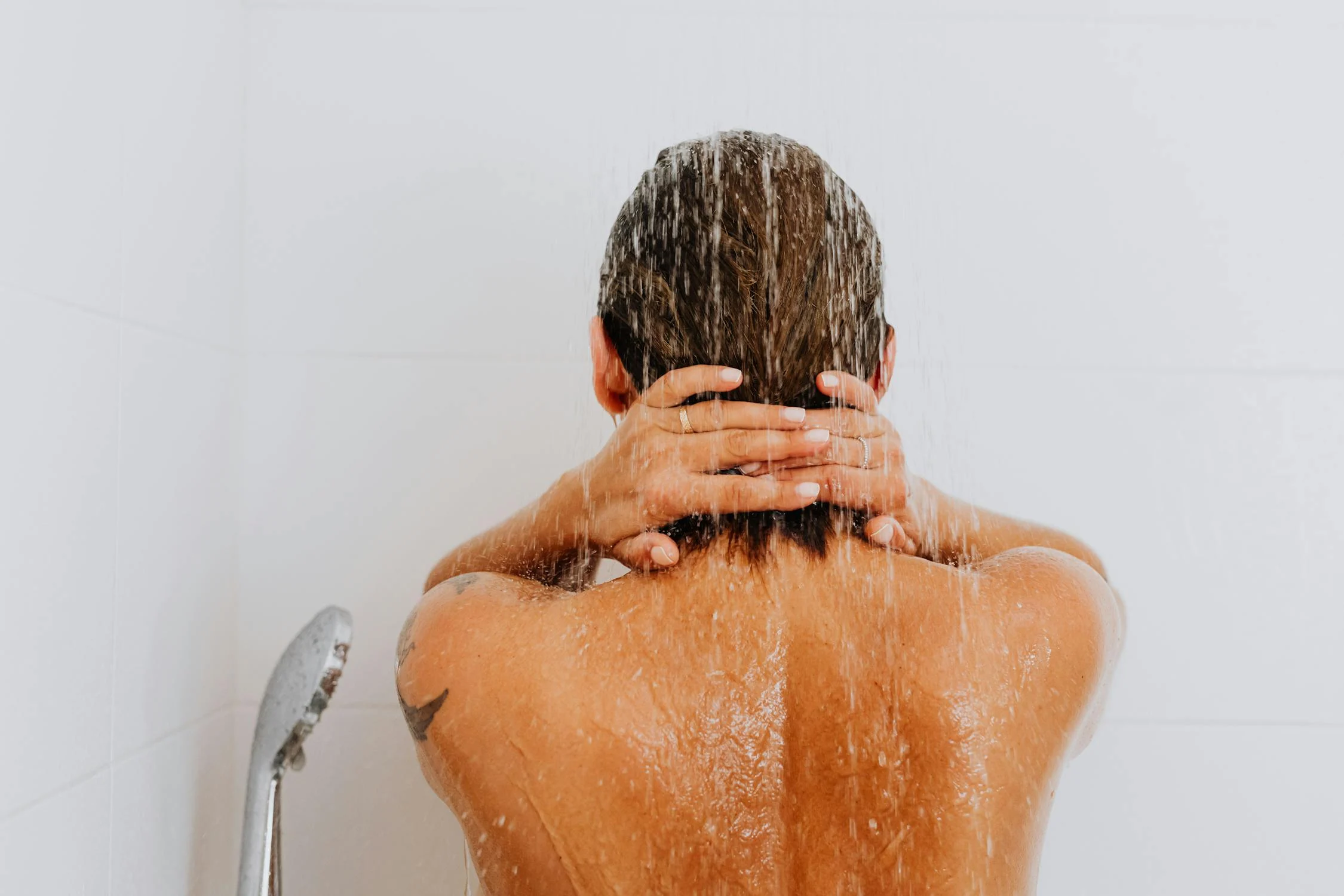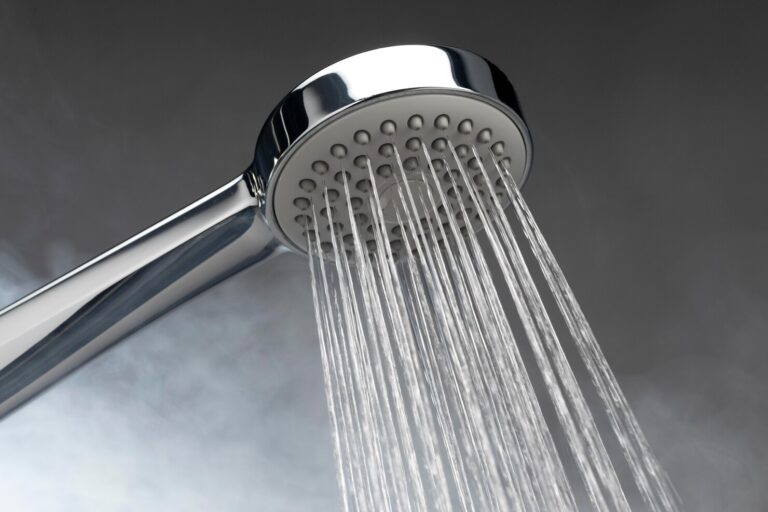Can You Use Thinset For Shower Pan?
If you are contemplating the use of thinset for your shower pan installation but are unsure if it is the most suitable option, the following information will provide clarity on the matter. The definition of thinset, the concept of a shower pan, and the suitability of thinset for a shower pan will be discussed herein.
An examination of the advantages and disadvantages of employing thinset will be conducted, in addition to a comparison with alternative options such as pre-mixed adhesive mortar, epoxy adhesive, and cement board. Furthermore, a detailed overview of the necessary steps for utilizing thinset for a shower pan, along with the essential tools and materials required for the installation process, will be outlined.
What is Thinset?
Thinset is a form of adhesive mortar that is commonly employed in the construction industry, particularly for the installation of tiles on a diverse range of surfaces. It serves to establish a robust bond between the tile and the substrate.
Various types of thinset are accessible, encompassing modified and unmodified variations. Modified thinset integrates additives such as latex or polymers to heighten flexibility and water resistance, rendering it suitable for locations that are vulnerable to moisture exposure, such as bathrooms and kitchens. Conversely, unmodified thinset is a fundamental mixture of Portland cement and sand, appropriate for dry indoor applications.
A notable advantage of thinset is its capability to endure fluctuating temperature and humidity levels, guaranteeing a sturdy and enduring bond between the tile and the surface.
What is a Shower Pan?

The shower pan is a critical element of a shower installation, functioning as the waterproof foundation that guides water towards the drain and prevents seepage. Its role is essential in upholding the integrity of the bathroom’s waterproofing system.
Shower pans are available in a variety of materials, including acrylic, fiberglass, tile, and solid surfaces, each offering distinct advantages. Acrylic pans are known for their lightweight nature and ease of installation, while tile pans provide a customizable and sophisticated appearance. Fiberglass pans are a cost-effective option, and solid surface pans boast durability. The selection of material for the shower pan is often influenced by factors such as budget constraints, aesthetic preferences, and maintenance requirements.
Irrespective of the chosen material, a correctly installed shower pan plays a vital role in ensuring effective containment of water within the shower enclosure, thereby preventing water damage to the adjacent walls and subfloor.
Can You Use Thinset For A Shower Pan?
Utilizing thinset for a shower pan can prove to be a viable approach if executed with precision. This method assists in anchoring the pan to the substrate while establishing a flat surface conducive to the installation of tiles. The implementation of proper technique and the utilization of suitable waterproofing materials are imperative in guaranteeing a successful installation process.
What Are the Benefits of Using Thinset for a Shower Pan?
Utilizing thinset for constructing a shower pan presents numerous advantages, notably its robust bonding capabilities and effective waterproofing properties when utilized in conjunction with suitable materials.
The adhesive characteristics of thinset facilitate the establishment of a resilient bond between the shower pan and the subfloor, ensuring enduring structural integrity. Its user-friendly nature renders it a favored option among both DIY enthusiasts and professional contractors. Thinset also complements a variety of waterproofing techniques, such as membrane systems and liquid waterproofing, offering a versatile solution adaptable to diverse project specifications. With its rapid setting time, thinset enables prompt installation, minimizing downtime and guaranteeing a dependable, impermeable seal within the confines of the shower enclosure.
What Are the Risks of Using Thinset for a Shower Pan?

While thinset can be a viable choice for the installation of a shower pan, there are potential risks if it is not applied correctly. These risks include the possibility of leakage and inadequate bonding.
To mitigate these risks, it is imperative to ensure that the thinset is mixed accurately to the appropriate consistency. An excessively diluted mixture may fail to offer adequate adhesion. The even and complete application of the thinset is crucial to prevent weak areas that could result in water infiltration. Adherence to the manufacturer’s instructions with precision is essential, including the use of the proper trowel size and technique.
Prioritizing the execution of comprehensive waterproofing measures before the tiling process can further fortify protection against water damage and the growth of mold over an extended period.
What Are the Alternatives to Using Thinset for a Shower Pan?
There are various alternatives to thinset for a shower pan, each presenting distinct benefits and properties that may prove more suitable for particular applications or preferences.
1. Pre-Mixed Adhesive Mortar
Pre-mixed adhesive mortar serves as a convenient alternative to thinset for shower pan installation, offering users ease of application and consistent quality without the necessity of manual mixing.
Presented in a ready-to-use state, this type of mortar eliminates the complexities associated with measuring and blending various components. Engineered to deliver robust adhesion and enduring durability, it ensures the secure positioning of shower pans over an extended period. The smooth consistency of pre-mixed adhesive mortar facilitates straightforward application, thereby streamlining the installation process. Moreover, its compatibility with a diverse range of materials commonly utilized in shower pan construction renders it a versatile solution suitable for a multitude of projects.
2. Epoxy Adhesive
Epoxy adhesive presents itself as an effective solution for affixing a shower pan, distinguished by its robust adhesion and advanced waterproofing characteristics. This particular type of adhesive is purposefully formulated to endure moisture, rendering it an optimal selection for environments such as shower installations where waterproofing is of paramount importance.
Its formidable bonding attributes guarantee a sustained grip, establishing a sturdy and dependable base for the shower pan. Epoxy adhesives exhibit resistance to mold, mildew, and other forms of water-induced damage, thereby augmenting the longevity of the installation.
The unwavering reliability of epoxy adhesive in upholding the structural integrity of shower pans over time is valued by both contractors and homeowners.
3. Cement Board
Cement board is widely employed as a substrate material in shower pan installations due to its stability and resistance to moisture, making it an ideal surface for tile adhesion. Its robustness and compatibility with various waterproofing techniques render it a highly suitable choice for ensuring a durable and leak-free shower enclosure.
When installed correctly, cement board establishes a sturdy base capable of withstanding the stresses and movements associated with daily shower usage. Its capacity to endure moisture without degradation contributes to prolonging the lifespan of the shower system as a whole. This resilient material seamlessly integrates with waterproofing membranes, such as liquid-applied or sheet membranes, thereby heightening the water resistance of the shower pan.
Its versatility allows for seamless integration with tile installation processes, guaranteeing a smooth and secure surface for tiling endeavors.
What are the Steps for Using Thinset for a Shower Pan?
The installation of a shower pan utilizing thinset entails a sequence of steps to establish a robust and waterproof installation, commencing with surface preparation and culminating in the sealing of the edges.
1. Prepare the Surface
The initial step in utilizing thinset for a shower pan involves preparing the surface meticulously to guarantee it is clean, level, and appropriately primed to achieve optimal adhesion.
Thorough surface preparation is of utmost importance as it lays the groundwork for a successful tile installation. The process of cleaning the substrate serves to eliminate any contaminants that could impede the bonding process, such as dust, oil, or debris. Furthermore, the act of leveling the surface plays a critical role in ensuring that the tiles will be laid flat and evenly, effectively preventing any potential issues related to unevenness. Additionally, priming the substrate facilitates the creation of a bond-enhancing layer that enhances the adhesion between the thinset mortar and the surface, ultimately resulting in a shower pan that is both more durable and long-lasting.
2. Mix the Thinset
Properly preparing the thinset mixture is essential in order to achieve the appropriate consistency and ensure a secure bond when installing the shower pan.
To commence the thinset mixture preparation, it is necessary to first pour the designated quantity of dry thinset powder into a clean receptacle. Subsequently, water should be gradually incorporated into the powder while continuously stirring. While the recommended ratio for thinset mixing is typically provided on the product packaging, a common initial guideline involves using approximately 6 parts of powder to 1 part of water. It is imperative that water is added methodically to prevent the formation of a mixture that is excessively fluid. Utilizing a drill equipped with a mixing paddle attachment is advisable to meticulously amalgamate the components until a smooth and consistent texture is attained, devoid of any clumps. This thoroughly mixed thinset is now primed for application to establish a stable foundation for the shower pan installation.
3. Apply the Thinset
Achieving a secure and level installation of the shower pan requires the uniform application of thinset to ensure optimal bonding and stability.
This can be accomplished by utilizing a notched trowel to evenly spread the thinset across the installation surface. The selection of trowel size is critical in determining the quantity of thinset applied and the ultimate bond strength. It is essential to choose the correct trowel size based on the dimensions of the tiles and the surface area to be covered. Maintaining a consistent thickness of thinset application is crucial in establishing a robust and enduring bond between the shower pan and the substrate.
4. Place the Shower Pan
Precise placement of the shower pan onto the thinset is essential to ensure correct alignment and bonding, both of which are vital for the success of the installation.
For achieve optimal alignment, it is imperative to ensure that the shower pan is leveled both horizontally and vertically. Utilizing a level to identify any slopes or irregularities that could lead to water accumulation is recommended. It is crucial that the shower pan is securely positioned within the designated space, allowing for a tight fit against the walls. Any necessary adjustments should be made prior to the curing of the thinset to establish a sturdy bond between the pan and the floor. Adhering to these procedures will help uphold the integrity of the installation and mitigate potential complications in the future.
5. Allow the Thinset to Dry
It is imperative to allow the thinset to thoroughly dry, adhering to the manufacturer’s prescribed curing duration to guarantee a robust and secure installation.
Throughout the curing phase, the thinset necessitates precise conditions, including optimal temperature and humidity levels. Adequate ventilation is essential to expedite the drying and setting processes. Hastening this stage may compromise the adhesive strength and introduce durability concerns over the long term.
Allowing sufficient time for the thinset to set will yield a dependable and enduring bond between the tiles and substrate. Adherence to these guidelines will contribute to the successful completion of a tiling project that endures the test of time.
6. Seal the Edges
It is imperative to apply waterproof caulking to seal the edges of the shower pan adequately, as this is vital in preventing leaks and maintaining the long-term structural soundness of the installation. Employing a high-quality waterproof sealant explicitly formulated for wet environments is a critical component of this process. Silicone caulking is widely endorsed for its pliability and excellent adhesion to various materials.
To commence this procedure, it is essential to ensure that the edges are clean and dry before proceeding with the application of caulking. Using a caulking gun, meticulously apply a bead of caulking along the joint connecting the shower pan and walls, ensuring a robust seal is created. Subsequently, smoothen the caulking with a damp cloth or finger to achieve a tidy finish that effectively impedes water penetration.
What are the Tools And Materials Needed for Using Thinset for a Shower Pan?
For effectively install a shower pan using thinset, a variety of tools and materials are required, including notched trowels, mixing buckets, waterproofing membranes, and appropriate sealants.
The utilization of notched trowels is integral to the process of uniformly spreading the thinset across the surface of the shower pan, thereby ensuring proper adhesion.
Mixing buckets are critical for the preparation of the thinset mixture to achieve the desired consistency, facilitating its smooth application.
Waterproofing membranes function as a protective layer, serving to prevent water seepage and the development of mold within the confines of the shower enclosure.
Proper sealants are essential for sealing joints and corners, thus guaranteeing a water-resistant installation.
The collective use of these tools and materials harmoniously contributes to the creation of a robust and functional shower pan within your bathroom.
Frequently Asked Questions-
Can you use thinset for shower pan?
Yes, thinset can be used for shower pans as it is a versatile and strong adhesive that can bond various materials together.
What are the benefits of using thinset for shower pans?
Thinset is water-resistant and can withstand moisture, making it an ideal choice for shower pans. It also provides strong adhesion and can support heavy tiles without cracking or shrinking.
Are there any special considerations when using thinset for shower pans?
Yes, it is important to use a waterproofing membrane over the shower pan before applying the thinset to prevent water damage. It is also recommended to use a notched trowel when applying thinset for better coverage and adhesion.
Can thinset be used for both the shower pan and walls?
Yes, thinset can be used for both the shower pan and walls as long as they are properly prepared and waterproofed beforehand. This ensures a strong and waterproof bond between the pan and walls.
How long does thinset take to dry for shower pans?
The drying time for thinset can vary depending on factors such as temperature and humidity. On average, thinset for shower pans can take anywhere from 24 to 48 hours to fully dry and cure.
Can you use thinset for a tiled shower pan?
Yes, thinset is commonly used for tiled shower pans, as it provides a strong and waterproof bond between the tiles and the pan. Just make sure to properly prepare and waterproof the pan before applying the thinset.





